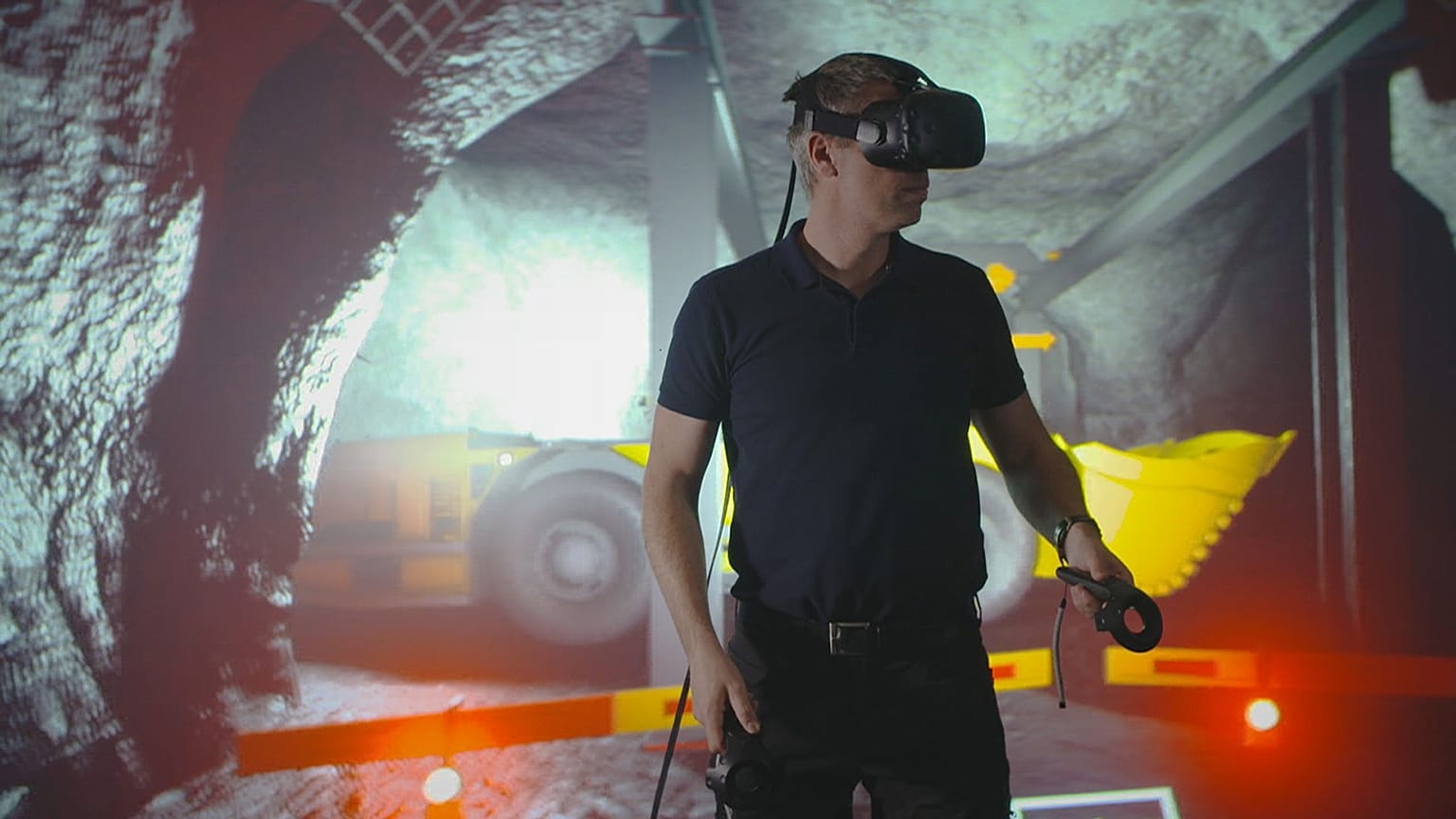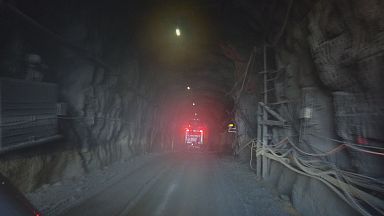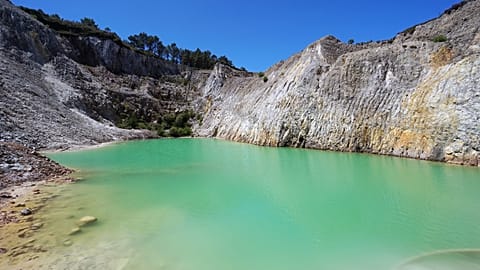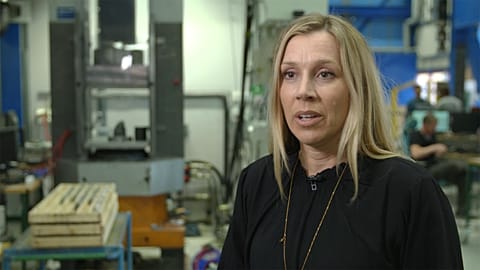Mining has traditionally been a dangerous activity with a heavy environmental cost. But European projects are helping to make it safer and cleaner, by taking existing technologies and applying them to the context of mining.
Mining has traditionally been a dangerous activity with a heavy environmental cost. But European projects are helping to make it safer and cleaner, by taking existing technologies and applying them to the context of mining.
Increasing mine safety
The SIMS Project is working on the introduction of drones to mining.
"It's about using drones in the mine and not to having people in possible dangerous locations,” says Jenny Greberg, Associate Professor of Mining and Rock Engineering at the Lulea University of Technology. “It's about using electric vehicles instead of diesel, meaning that we don't emit so much carbon dioxide, so greenhouse emissions. It's about increasing the degree of automation, meaning that we can have full speed operations without so much human interaction."
By using autonomous drones, it's possible to short inspection time: for example, mine recognition will be quicker by enhancing mine operation planning. Improvements in roof crack detection capability will increase mine safety as potential roof falls can be detected.
Next generation communication network
But for digitized mining to become reality, it needs a reliable communication network that can meet the requirements of next-generation use-cases like connected sensors, remote-controlled machines and support a mix of very different service types in one. And that means 5G.
"We want to be able to take what we have above ground, the cellular connectivity in your mobile phone that you have every day and we want to have this to work underground in a mine,” says Tomas Jonsson, Senior Researcher in Radio Networks at Ericsson. “And not only for simple communication like voice between human beings and simple web browsing, we want to have this also for remote control heavy machinery and connected sensors. You need to have something that is really reliable, it has to be a low latency, you need the feedback in real time."
Virtual reality improves education and operation training
Virtual reality can also play its part. At the University of Lulea in Sweden, a Virtual Reality simulator allows you to walk through a mine, interacting with the environment and machines.
"The VR environment is mainly valuable, as I see it now, for two reasons: education and operation training,” says Niclas Dahlstrom, Senior Project Manager at LTU Business. “The largest benefit will be learning in the wider society because you can have the mine coming to people, where people cannot go to the mine."
Due to the growing demand for minerals and metals, which are essential in our everyday life, the mining sector is going to increase its production. But the mine of the future is expected to minimize the environmental impact of its activities. That's why another key point of the project is to replace diesel-powered machines by battery technology.



















